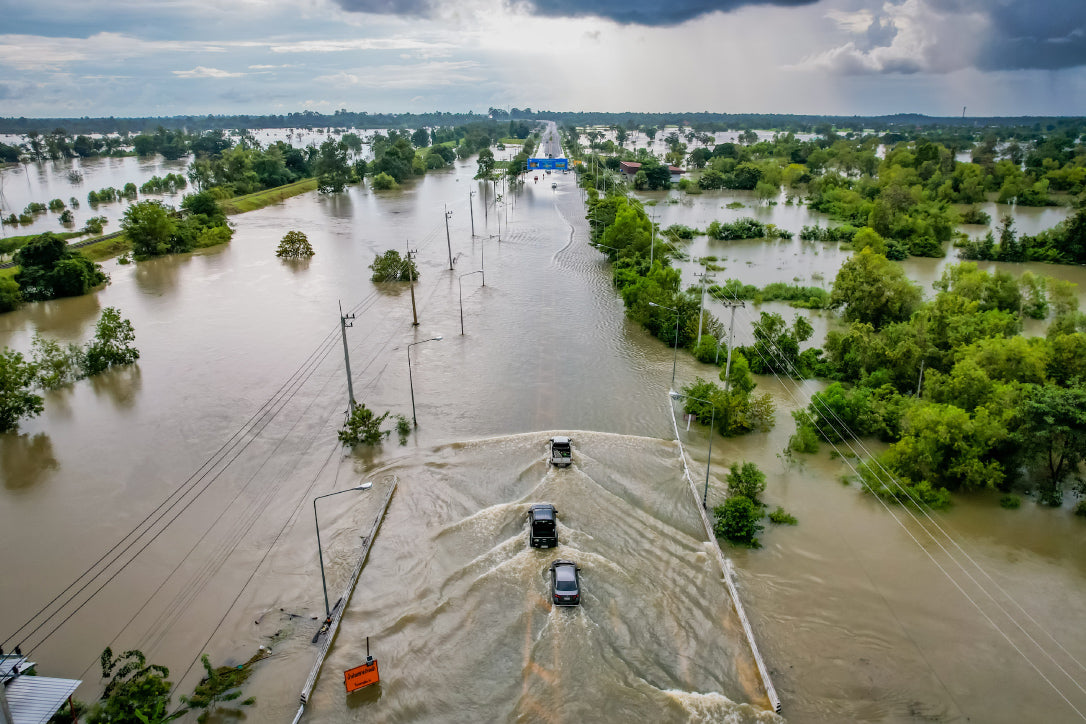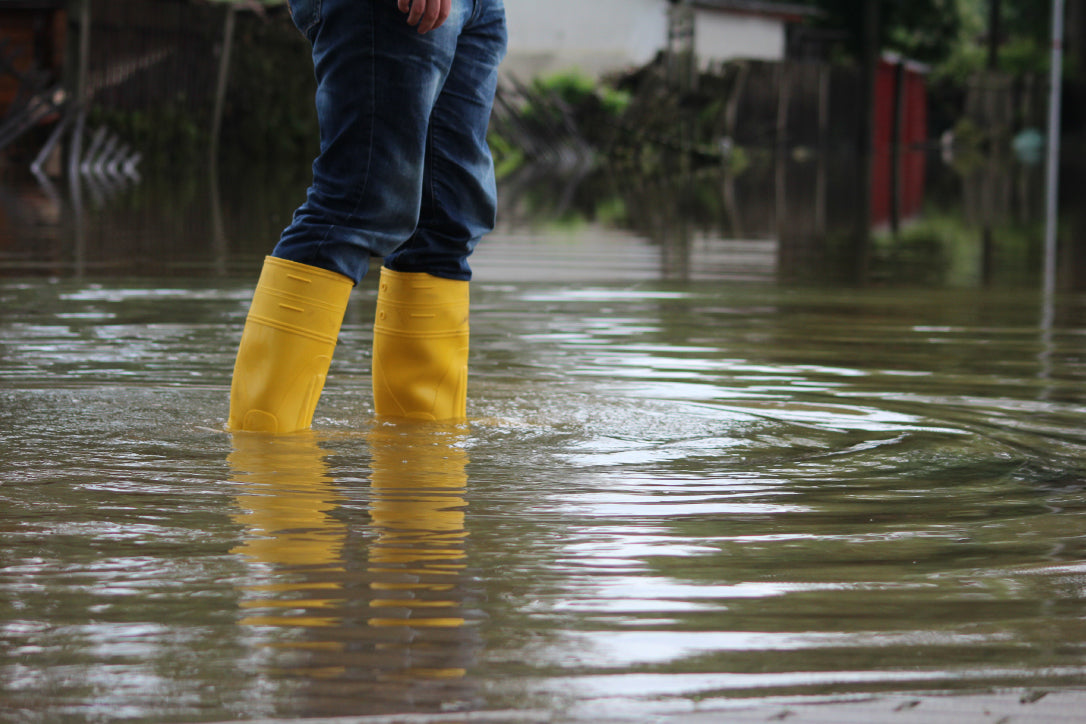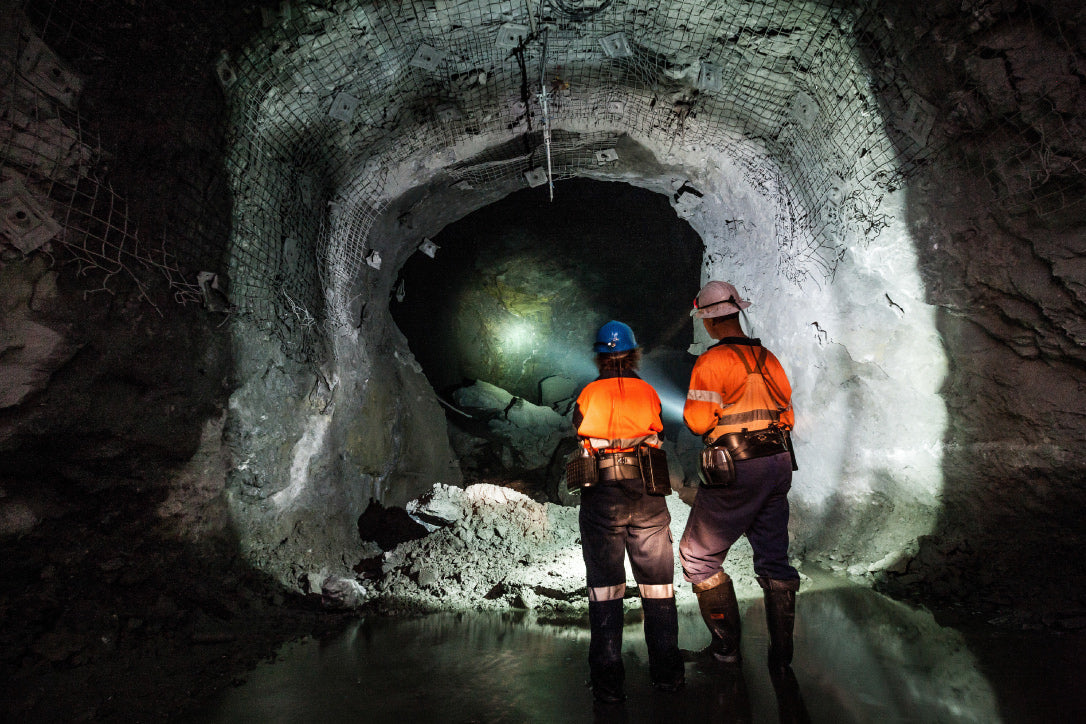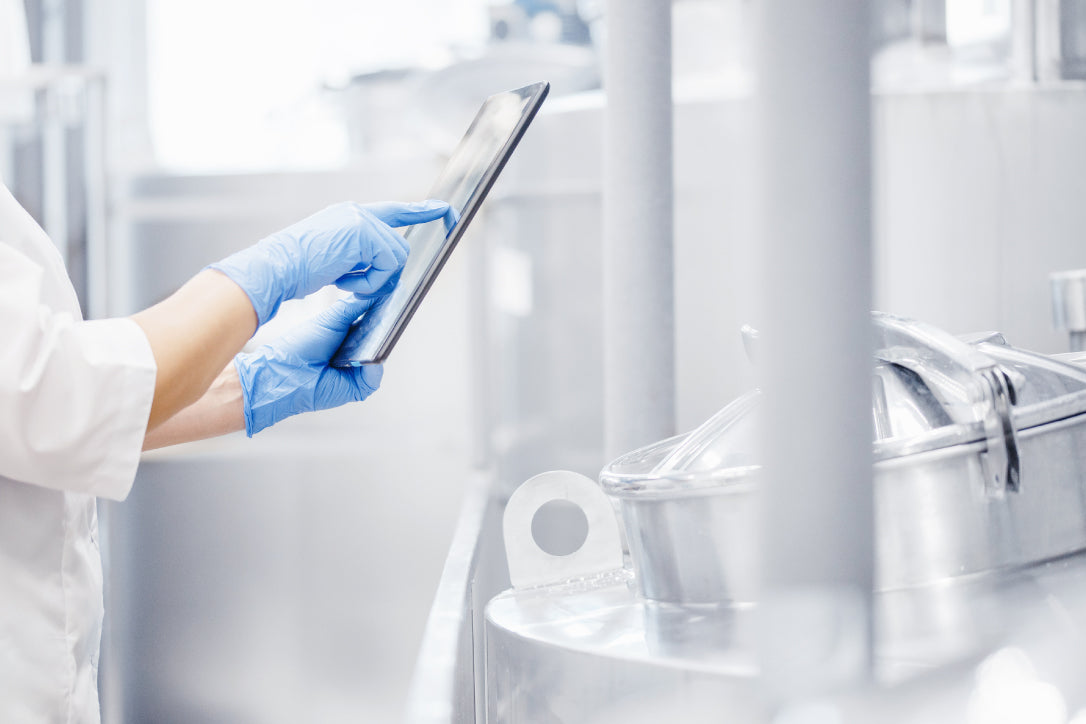In light of the recent large waves that hit South Africa over the weekend of the 16th of September 2023, it's evident that our modern, fast-paced world is facing increasingly complex and dire challenges from weather-related disasters such as landslides, floods, hurricanes, and wildfires. Traditional methods, although effective to some extent, often fall short in providing the real-time data and predictive analytics needed for substantial risk mitigation and timely warnings. This is where the Internet of Things (IoT) comes into play. IoT offers a game-changing blend of connected devices and advanced analytics that could revolutionize how we manage and mitigate natural disasters.
The Importance of Real-Time Monitoring
Natural disasters disproportionately affect developing countries, accounting for over 95% of all disaster-related fatalities according to World Bank research. These staggering statistics underscore the critical need for real-time monitoring and timely interventions. IoT technologies can fill this gap effectively by offering unprecedented data granularity and real-time analytics. By creating a network of interconnected sensors and devices, IoT has the potential to shift the paradigm from reactive to proactive disaster management.
How IoT Has Progressed
To appreciate the state-of-the-art capabilities IoT brings, it's instructive to look back at the evolution of disaster management strategies. These can be broadly divided into four pillars:
Risk Knowledge:
Early systems were primarily focused on understanding the potential hazards that various regions faced. With IoT, this assessment is becoming increasingly dynamic and real-time, allowing for a more nuanced understanding of risk factors.Monitoring:
Modern IoT systems provide continuous data streams from a myriad of sensors. This ensures that any changes in environmental conditions are instantly reflected, helping to refine disaster predictions.Warning Communication:
Older systems relied heavily on mass media for warnings. IoT can target warnings down to individual devices, making alerts far more immediate and personal.Response Capability:
IoT doesn't just predict disasters; it also facilitates smarter responses. From directing traffic away from danger to helping coordinate rescue efforts, connected systems are making disaster responses more effective.

IoT Sensors and Data Collection
Today, a wide array of IoT sensors like soil moisture sensors, water level monitors, and advanced weather stations are employed in capturing crucial environmental data. These sensors track variables like temperature, humidity, air pressure, and much more, transmitting this information to centralised data centres. This real-time collection and analysis of data serve as the bedrock for any effective disaster management system.Data Analysis and Prediction Models
The next level of IoT's efficacy lies in its integration with machine learning algorithms and complex data analytics tools. By feeding the real-time data into predictive models, the system can issue alerts and recommendations well in advance of an actual event, often making the difference between life and death. Algorithms are getting better at distinguishing between false alarms and genuine threats, further enhancing the system's reliability.
The Role of Sensors in Early Warnings
Various types of sensors, including pressure, ultrasonic, and seismic, are specifically being developed for early warning systems. These specialised sensors can detect subtle changes in environmental conditions and are particularly effective in predicting disasters like tsunamis, earthquakes, and floods.
Water Monitoring
By leveraging IoT technology, water level sensors can be strategically deployed in rivers, dams, lakes, and even coastal areas to continuously monitor fluctuations in water levels. These real-time readings can be used to predict the likelihood of various water-related disasters, such as floods and tsunamis. For example, rapid changes in river water levels can be an early indication of potential flooding, enabling authorities to issue timely warnings and initiate flood mitigation measures.

In coastal regions, pressure sensors on the ocean floor can detect anomalous patterns that may signify an impending tsunami, allowing for early evacuation protocols to be activated. Additionally, these IoT systems can work in tandem with seismic sensors placed along fault lines and seismic hotspots to offer a more holistic approach to natural disaster prediction, including earthquakes. The integrated data collected from these multiple sources can be crucial for orchestrating effective emergency responses, reducing fatalities, and safeguarding communities.
Landslide Detection
IoT technology plays a pivotal role in landslide prevention and monitoring by employing specialised sensors placed in vulnerable hill slopes and mountainous regions. These sensors can measure soil moisture levels, ground vibrations, and even the tilting of the Earth's surface to evaluate the stability of the terrain. By aggregating this data, predictive models can be developed to determine the risk of landslides in specific areas. These early warning systems can be crucial for initiating preventative measures and timely evacuations, thereby minimising loss of life and property.
Air Quality Monitoring
Beyond natural disasters like floods and earthquakes, IoT is also instrumental in combatting man-made challenges such as air pollution. With sensors capable of detecting a range of pollutants, real-time air quality indices can be generated, aiding policymakers in enforcing timely restrictions and public advisories.
Disaster Response and IoT
IoT offers a radical shift in how we gather, process, and act upon disaster-related data. Its decentralised nature means every connected device could potentially serve as a data node, offering a wealth of information that could replace or augment traditional, expensive monitoring systems.
LoRa Technology
LoRa (Long Range) technology is an example of a next-generation IoT technology. It has been particularly effective in predicting earthquakes and volcanic activities. It combines low-power sensors with sophisticated algorithms to offer a system that can monitor a wide variety of environmental factors.
ROI and Future Prospects
The initial costs of implementing an IoT system for disaster management may be high, but the return on investment becomes evident when considering the potential human lives saved and the reduction in property damage. Further, as technology evolves, we can expect the integration of drones, augmented reality, and blockchain technologies that will further enhance the capabilities of IoT in disaster management.
"IoT technologies offer a revolutionary approach to mitigating the impact of natural disasters by shifting the focus from reactive to proactive management. With real-time monitoring, predictive analytics, and targeted warning systems, IoT has the potential to save lives, reduce property damage, and transform how we prepare for and respond to environmental catastrophes."
As we navigate a future marked by escalating environmental and weather-related challenges, IoT stands as a powerful tool in our arsenal for disaster management. While it is not without its challenges, the potential benefits in terms of lives and property saved offer a compelling case for its adoption and continued refinement.





